[Overview of the Administration and Security Office]
From the opening of Kyungsung Prison by Japanese colonial rule in 1908 to the Seoul detention center in 1987, It is a syntactic exhibition space that shows expansion and anti-Japan independence movement over time.
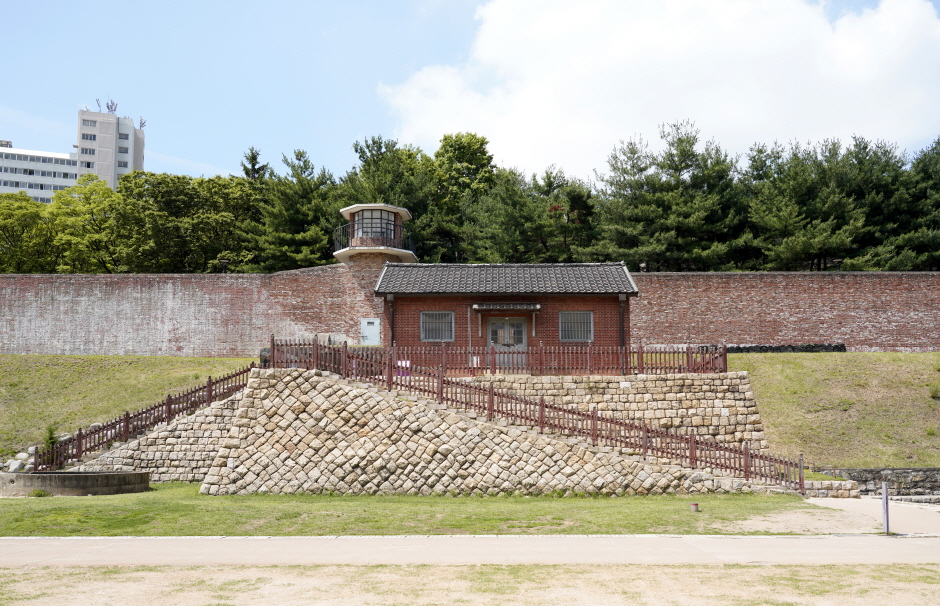
Leper’s Building
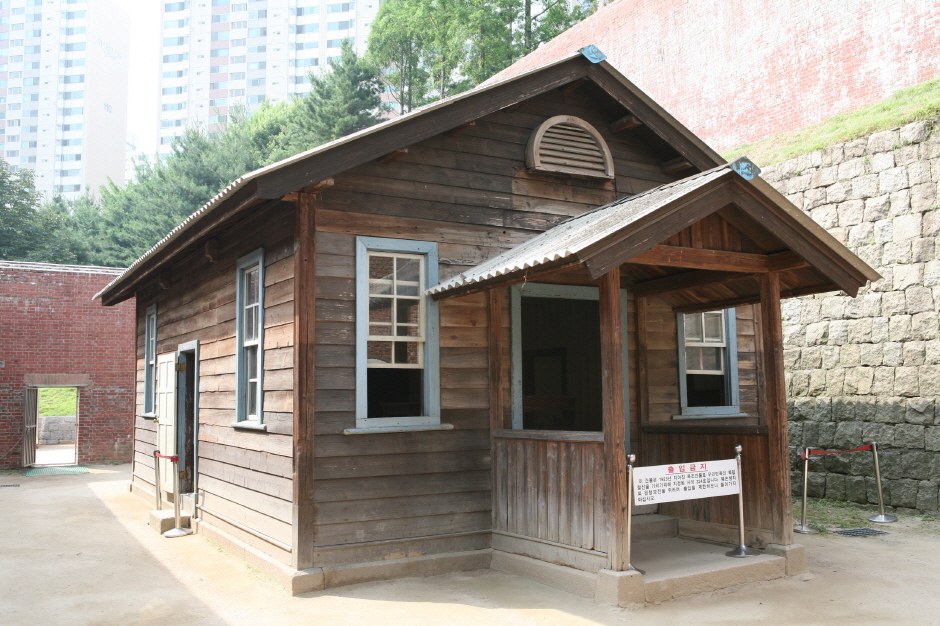
Execution Building
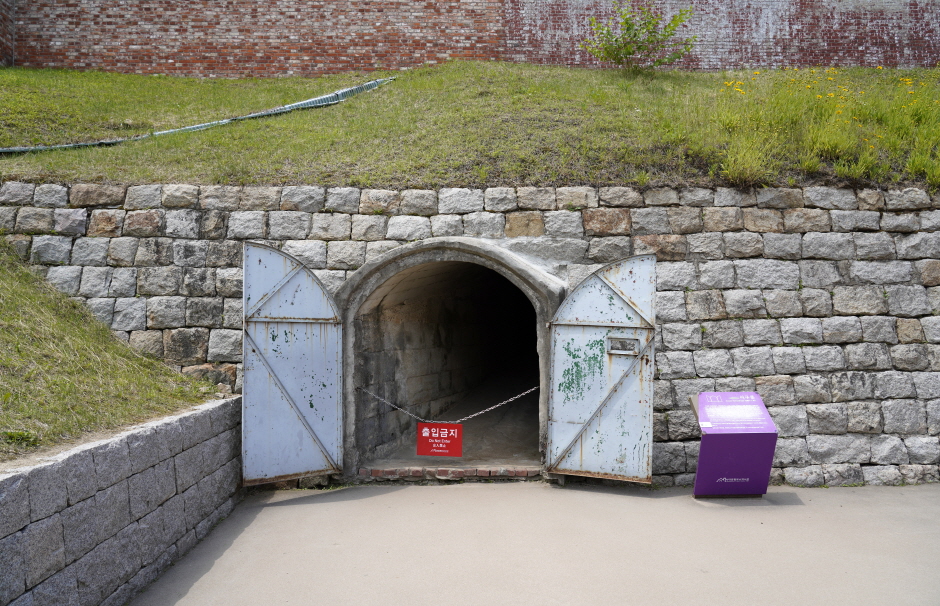
Corpse Removal Exit
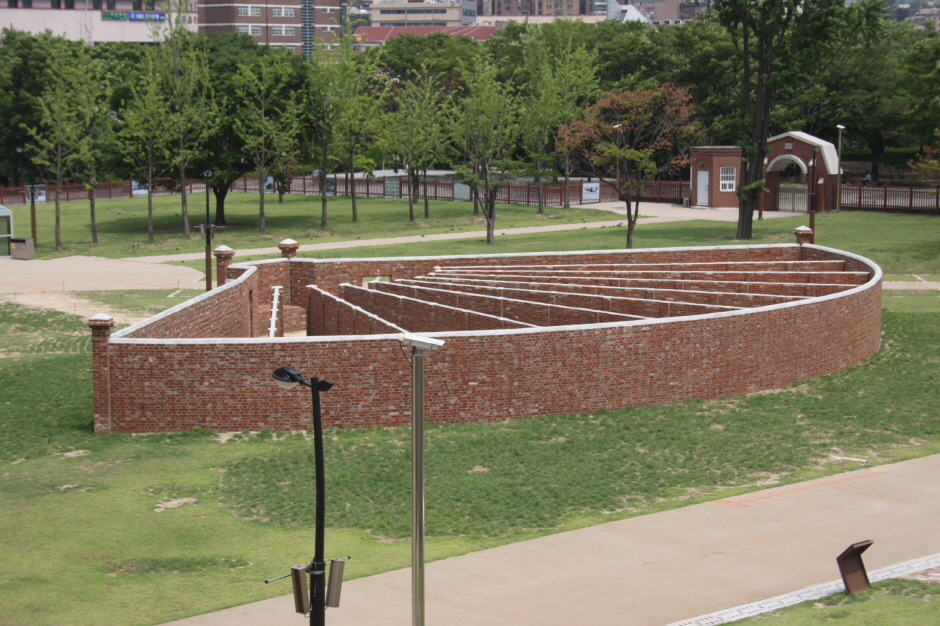
Gyeokbyeokjang (Exercise Yard)
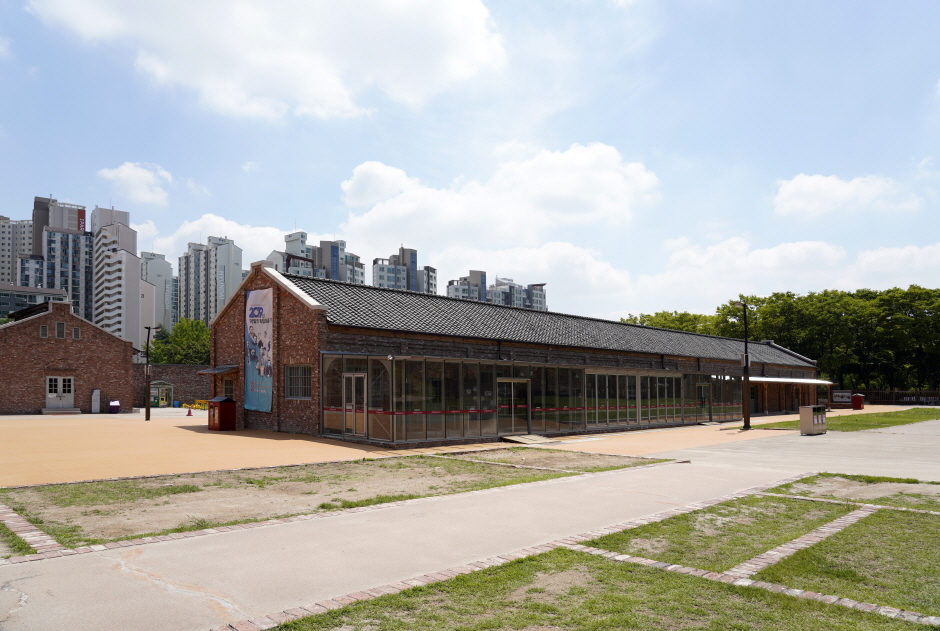
Warehouse
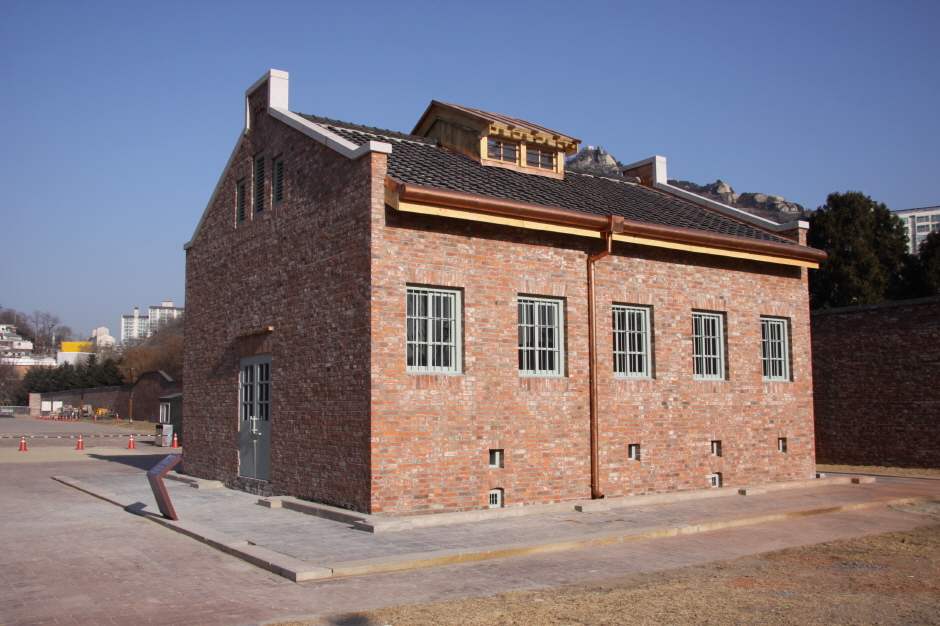
Female Prison Building
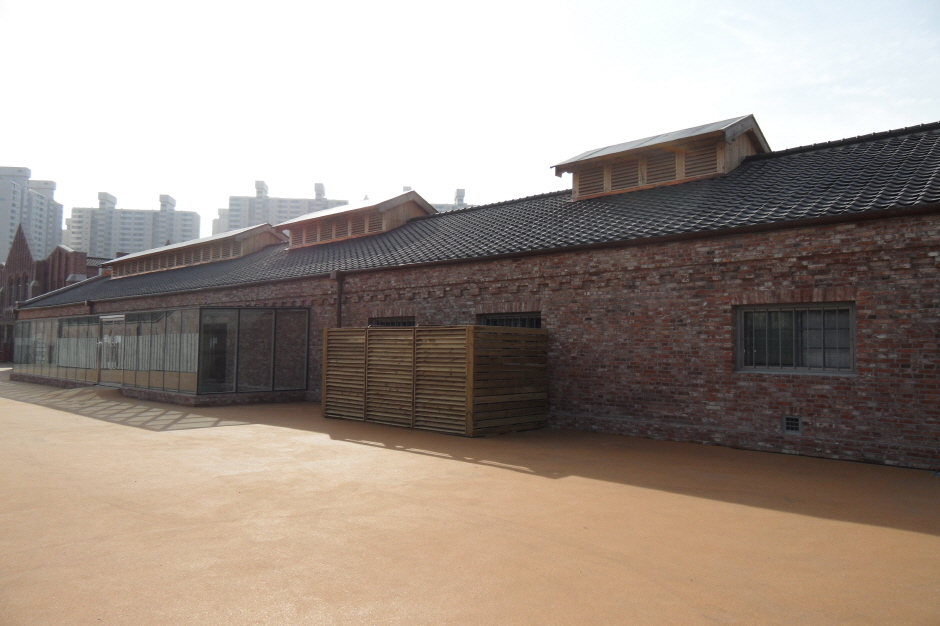
Kitchen Barrack
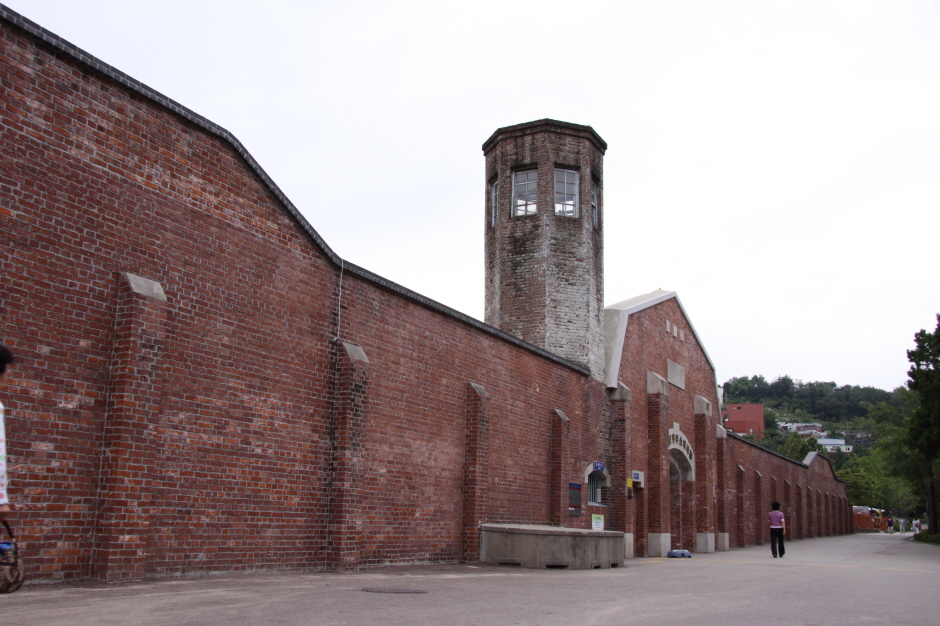
Watchtower
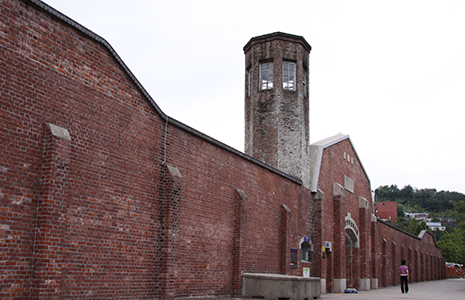
Prison Walls